Similarities and Differences between Lithium Battery and Lithium Phosphate Battery Production and Analysis of Development Trend
Lithium battery and lithium phosphate battery as an important representative of modern battery technology, it is widely used in mobile power supply, energy storage system, electric vehicle and other fields. They have some significant differences in battery structure, material selection, manufacturing process and other aspects, and also show different trends in technological development and market application. This article will discuss the similarities and differences between the production of lithium batteries and lithium phosphate batteries, and analyze their development trends.
I. Battery structure
- lithium battery: lithium battery uses lithium ion as electrode material, which is usually composed of lithium cobalt acid, lithium nickel manganese cobalt acid and other compounds as cathode material, graphite or graphene as anode material, electrolyte, separator and so on. It has simple structure and high energy density, and is suitable for large-capacity demand scenarios such as electric vehicles.
- Lithium Phosphate Battery: lithium phosphate battery uses lithium iron phosphate as the cathode material, graphite as the cathode material, electrolyte and separator, etc. Compared with lithium batteries, lithium phosphate batteries have more stable structure and higher safety, and are suitable for scenarios with higher safety requirements such as energy storage systems.
II. Material selection
- lithium battery: the cathode material of lithium battery usually adopts lithium nickel manganese cobalt oxide (NMC), lithium iron phosphate (LFP), etc. The anode material adopts graphite or graphene. These materials have high specific capacity and cycle life, and can meet the requirements of large capacity and high energy density.
- Lithium Phosphate Battery: lithium iron phosphate is used as the cathode material of lithium phosphate battery, and graphite is usually used as the cathode material. Compared with the materials used in lithium batteries, the materials of lithium phosphate batteries are cheaper and environmentally friendly, but the energy density is relatively low.
III. Manufacturing process
- lithium battery: the manufacturing process of lithium battery is relatively complex, including the preparation of positive electrode material, coating of negative electrode material, injection of electrolyte, encapsulation of diaphragm and other links. At the same time, for large-capacity lithium batteries, technical problems such as heat dissipation and safety protection need to be considered.
- Lithium Phosphate Battery: the manufacturing process of lithium phosphate battery is relatively simple, mainly focusing on the preparation of cathode material and battery pack installation. Compared with lithium battery, the manufacturing cost is lower and the production efficiency is higher.
IV. Development Trend
- lithium battery: With the rapid development of electric vehicles, energy storage systems and other fields, lithium battery will continue to benefit from its advantages of high energy density and long cycle life, in the future, we will pay more attention to the innovation of materials and the improvement of technology to improve energy density and reduce costs.
- Lithium Phosphate Battery: Benefiting from its stable structure and low manufacturing cost, lithium phosphate battery has broad application prospects in energy storage system, photovoltaic power generation and other fields, in the future, more attention will be paid to the improvement of safety and cycle life to meet the growing market demand.
There are significant differences between lithium battery and lithium phosphate battery in battery structure, material selection, manufacturing process and development trend. With the promotion of clean energy and electric trend, both battery technologies will play an important role in different fields. In the future, the battery industry will continue to deeply study new materials and new processes to improve energy density, prolong cycle life and promote the continuous progress and application expansion of battery technology.
 Dongguan Juneng New Energy Technology Co., Ltd.
Dongguan Juneng New Energy Technology Co., Ltd.
 137 5142 6524(Miss Gao)
137 5142 6524(Miss Gao)
 susiegao@power-ing.com
susiegao@power-ing.com
 Xinghuiyuan High tech Industrial Park, Dalang Town, Dongguan City, Guangdong Province
Xinghuiyuan High tech Industrial Park, Dalang Town, Dongguan City, Guangdong Province


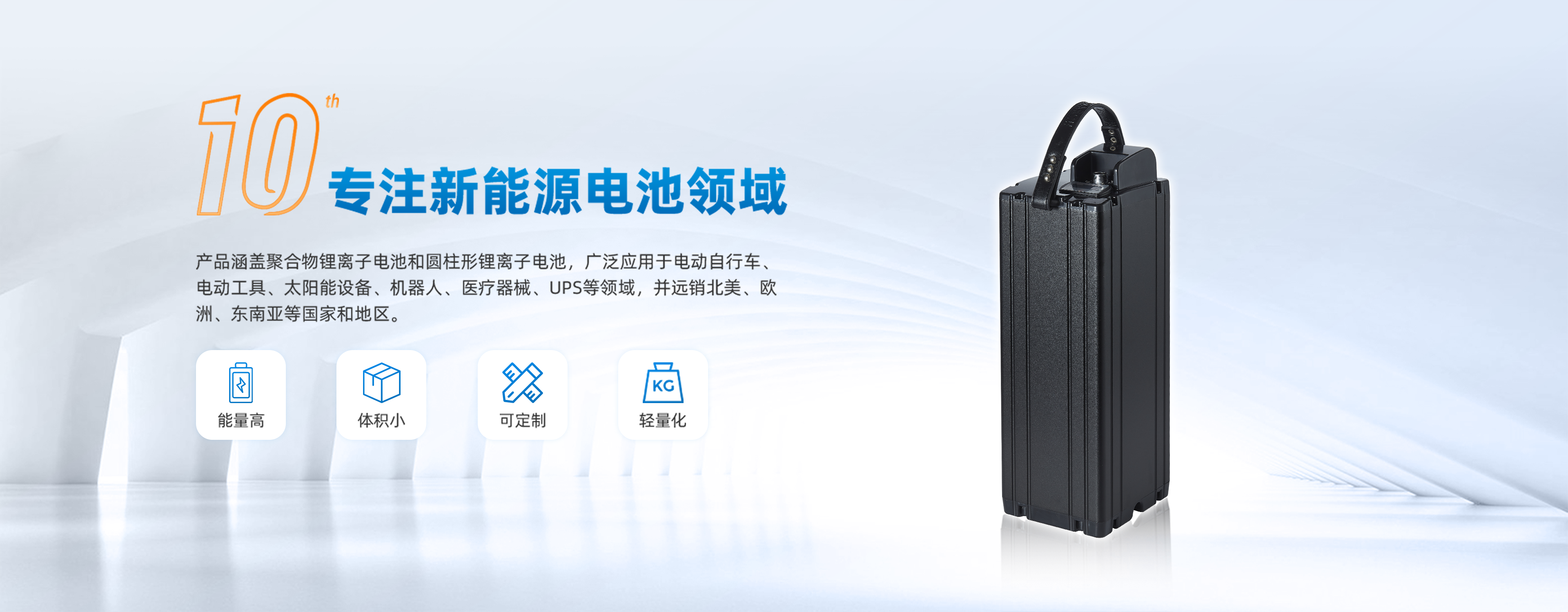
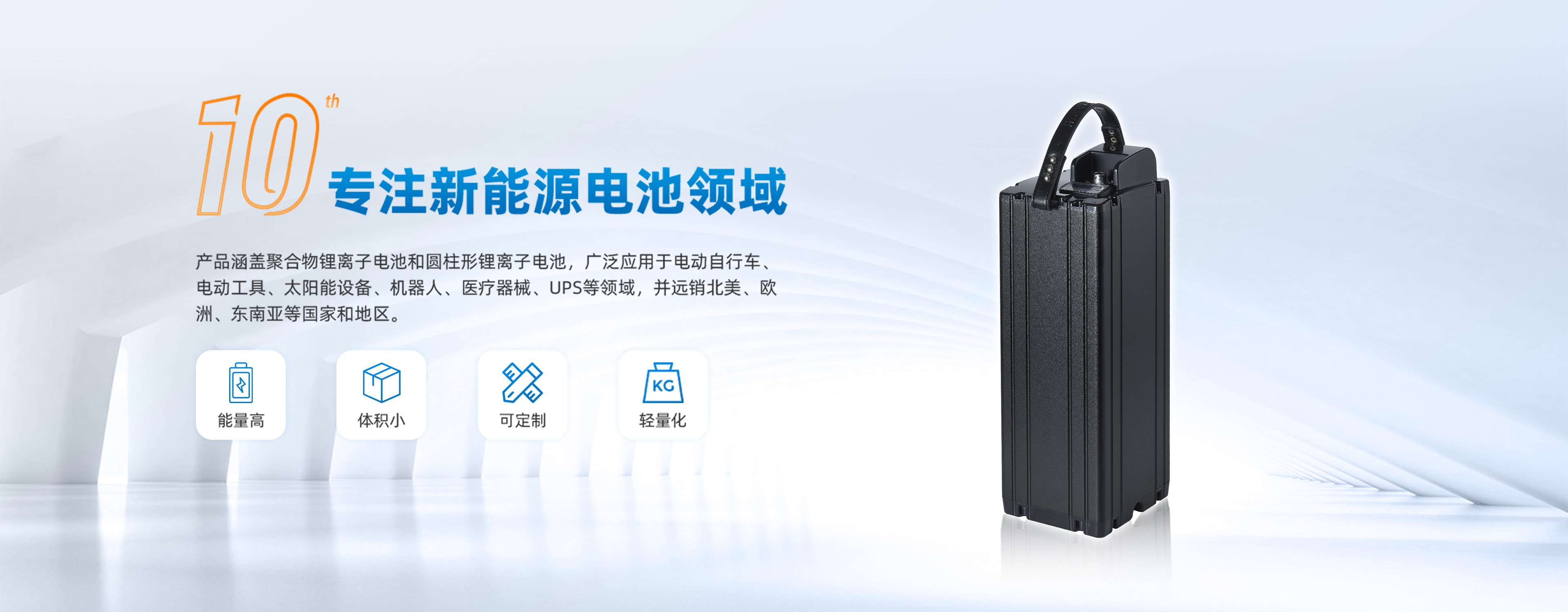
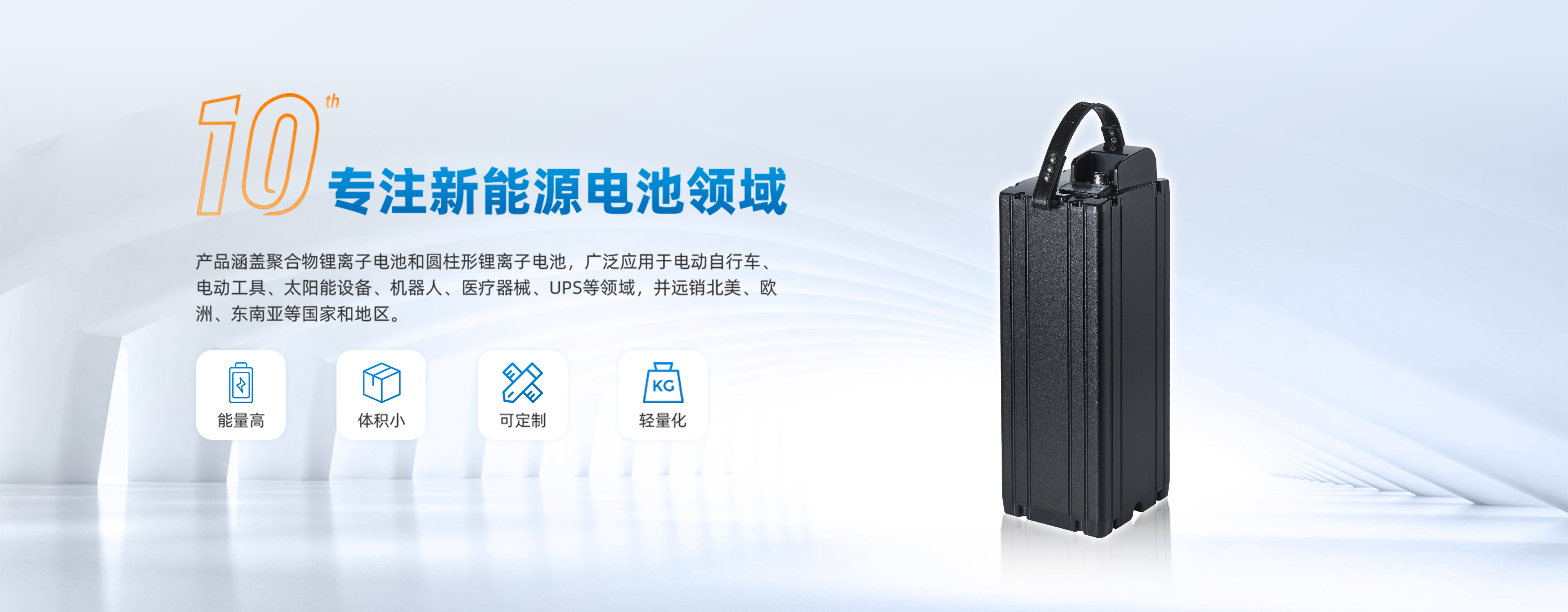



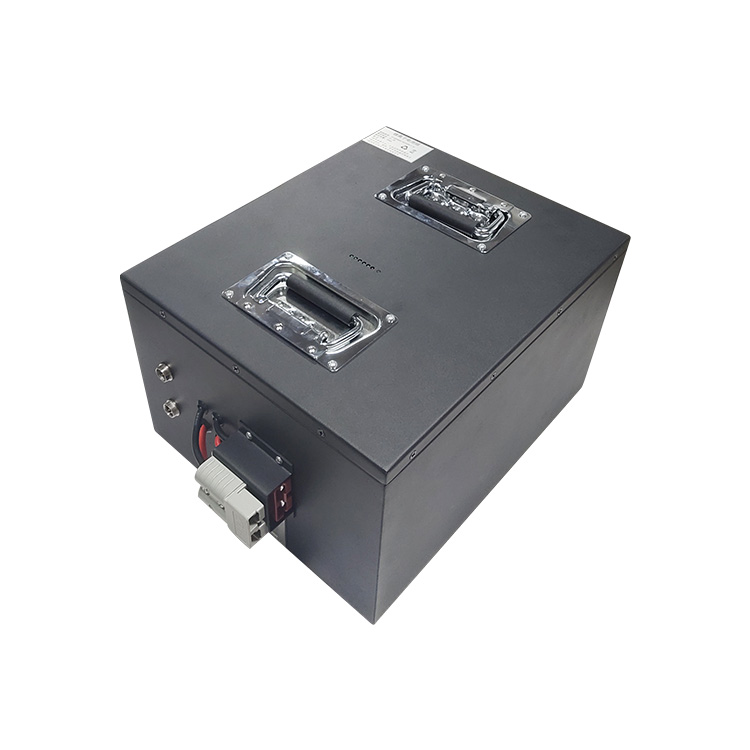


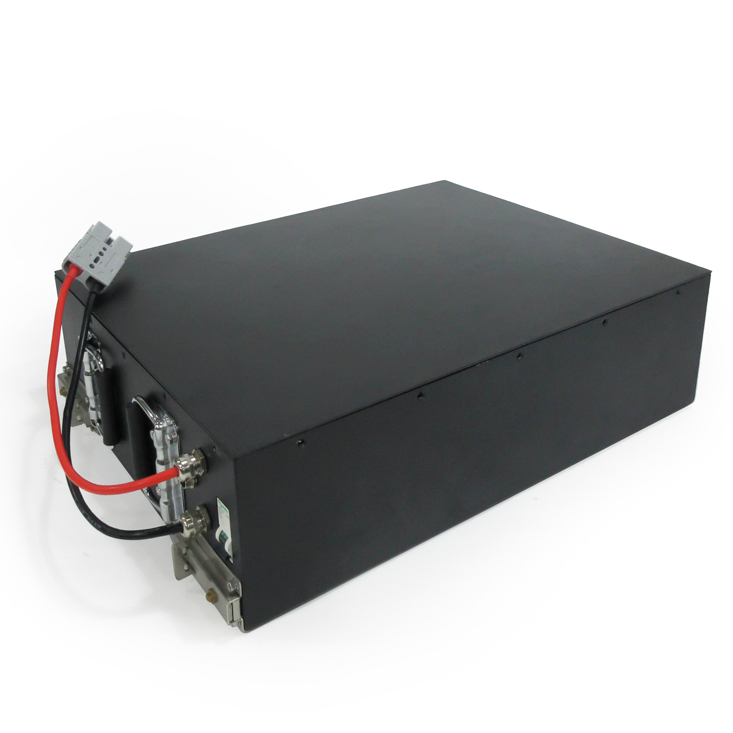

 Yue Gong Wang An Bei No. 4419002007491
Yue Gong Wang An Bei No. 4419002007491